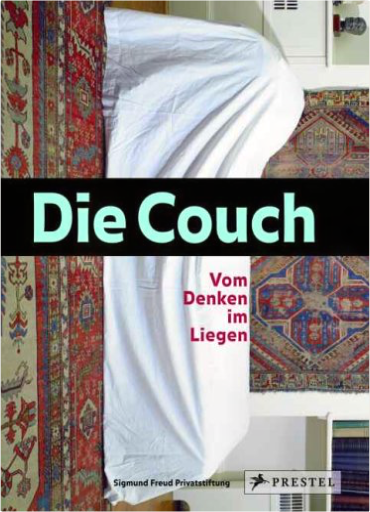 3791336886 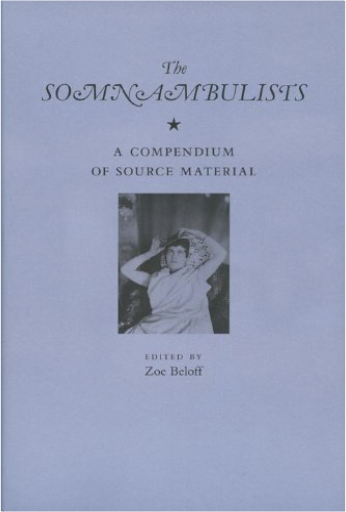 The book is a collection of essays and images that inspired Zoe Beloffs video installation, The Somnambulists 2008. Comprised of five miniature wooden theaters into which moving images are projected, her work centers on the idea of staging the unconscious . Each theater presents a hysterical drama. These include History of a Fixed Idea and A Modern Case of Possession in which two patients of the famous French psycho-pathologist Pierre Janet, express their delusions in song. Other theaters present the ghostly specters of actual hysterics filmed by doctors a hundred years ago. The texts and images included in the book illuminate the complex interweaving of ideas from psychology, writing, performance, art, and moving-image technology at the end of the 19th century. It begins with an introduction to the Players; brief biographies of the scholars, artists, and performers who appear in this volume. The texts include Pierre Janets case study of the writer Raymond Roussel, the Surrealists celebration of hysteria as the greatest poetical invention of the 19th century in The Fiftieth Anniversary of Hysteria and the pioneering psychic researcher Frederic W.H. Myers commentary on Janets contribution to the discovery of the unconscious. Also included are rarely seen photographs by Albert von Schrenck Notzing of artistic production under the influence of hypnosis including images of the celebrated dream dancer Magdelaine G. Included with the book is a DVD-ROM in which Beloffs installation can be viewed as an interactive work for Mac and PC.  "Philadelphia Medica" is in some ways a prismatic view of the subject. It is a guide that attempts to give the visitor a view of Philadelphia from a different perspective. It gives the histories of health institutions, presents the medical dramatis personae (whether on center stage or in the wings) and captures intimate personal glimpses of the many Philadelphians who have helped to establish the city's reputation for leadership in the health sciences.  Mary Ellen Mark's work has become a standard by which all other contemporary documentary photography is compared. The work in Indian Circus is no exception. "A beautiful young contortionist twists into an improbable pose and gazes at the camera. A trainer relaxes in the gentle, coiled embrace of his elephant's massive trunk. These and other poignant images offer an eloquent glimpse into the lives of assorted acrobats, clowns, animal trainers, and other traveling Indian circus members. Like Diane Arbus, Mary Ellen Mark's extraordinary photographs demonstrate a remarkable affinity for those living on the fringes of life, and involve the observer with a level of passion, spontaneity and dignity rarely equaled in photojournalism."—the publisher. |  Rembrandt's famous painting of an anatomy lesson, the shrunken head of an Australian indigenous leader, an aerial view of Paris from a balloon: all are windows to enchantment, curiosities that illuminate something shadowy and forgotten lurking behind the neat facade of a rational world. In Curious Visions of Modernity, David Martin unpacks a collection of artifacts from the visual and historical archives of modernity, finding in each a slippage of scientific rationality—a repressed heterogeneity within the homogenized structures of post-Enlightenment knowledge. In doing so, he exposes modernity and its visual culture as haunted by precisely those things that rationality sought to expunge from the "enlightened" world: enchantment, magic, and wonderment. Martin traces the genealogies of what he considers three of the most distinct and historically immediate fields of modern visual culture: the collection, the body, and the mapping of spaces. In a narrative resembling the many-drawered curiosity cabinets of the Renaissance rather than the locked glass cases of the modern museum, he shows us a world renewed through the act of collecting the wondrous and aberrant objects of Creation; tortured and broken flesh rising from the dissecting tables of anatomy theaters to stalk the discourses of medical knowledge; and the spilling forth of a pictorializing geometry from the gilt frames of Renaissance panel paintings to venerate a panoptic god. Accounting for the visual disenchantment of modernity, Martin offers a curious vision of its reenchantment.  This is a nonchronological introduction to Baroque, one of the great periods of European art. John Martin's descriptions of the essential characteristics of the Baroque help one to gain an understanding of the style. His illustrations are informative and he has clearly looked with a fresh eye at the works of art themselves. In addition to the more than 200 illustrations, the volume contains an appendix of translated documents. 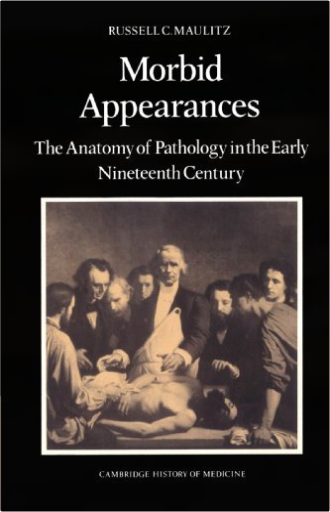 When we consider how the scientific revolution came to medicine, we often think of the rise of the great laboratory disciplines of the nineteenth century. Often overlooked in these accounts, however, is the role of clinical medicine and its important early branch, pathology. Morbid Appearances traces the emergence in France and England of this important medical tradition. Dr. Maulitz shows how the pathology of tissues came to occupy a central position in the teaching and research of French medical luminaries such as Bichat, Bayle, and Laennec, and he describes how the new pathology helped shore up the fortunes of the Paris medical faculty and the medicine of the 'Paris Hospital'. The author also details the efforts of Thomas Hodgkin, Robert Carswell, and others to import the new science of pathology to Great Britain - and he shows how their efforts to assign a place for pathological anatomy in their own medical culture met with rather mixed success. 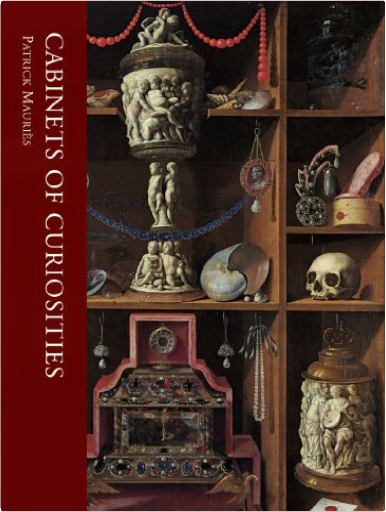 "Bound to entertain anyone who is intellectually curious, and serve as a source of inspiration for interior decorators and contemporary artists."—Antiques and the ArtsUnicorns’ horns, mermaids’ skeletons, stuffed and preserved animals and plants, work in precious metals, clocks, scientific instruments, celestial globes . . . all knowledge, the whole cosmos arranged on shelves. Such were the cabinets of curiosities of the seventeenth century, the last period of history when man could aspire to know everything. |

Morbid Anatomy Museum
Collection Total:
1,253 Items
1,253 Items
Last Updated:
Jan 26, 2016
Jan 26, 2016

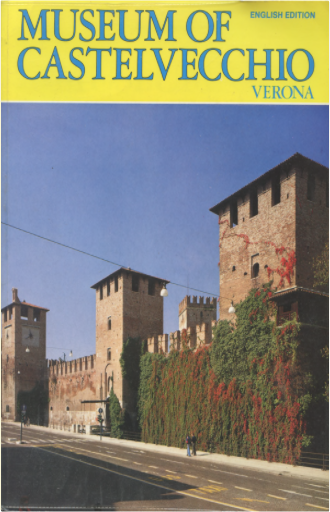
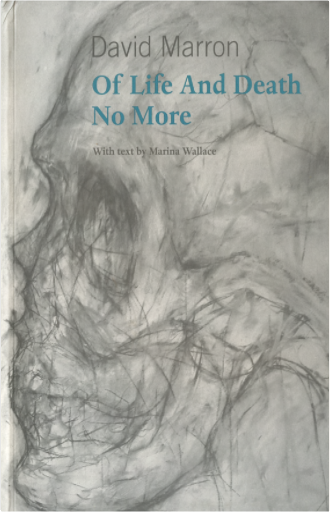

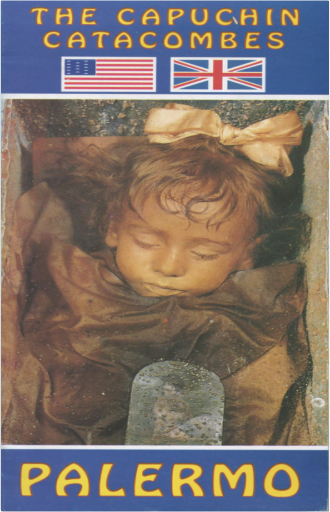

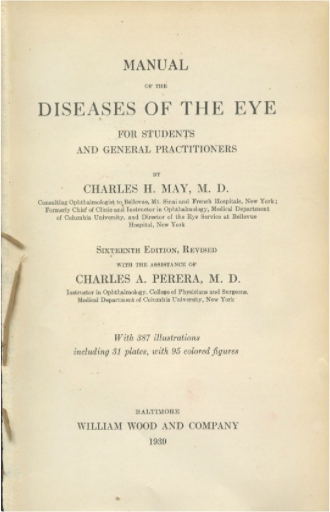
 Made with Delicious Library
Made with Delicious Library